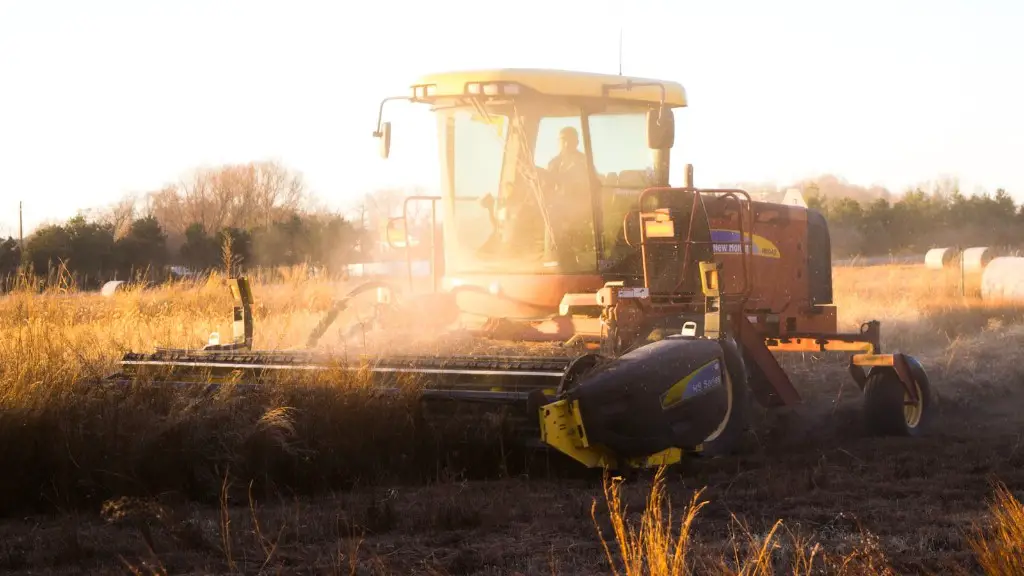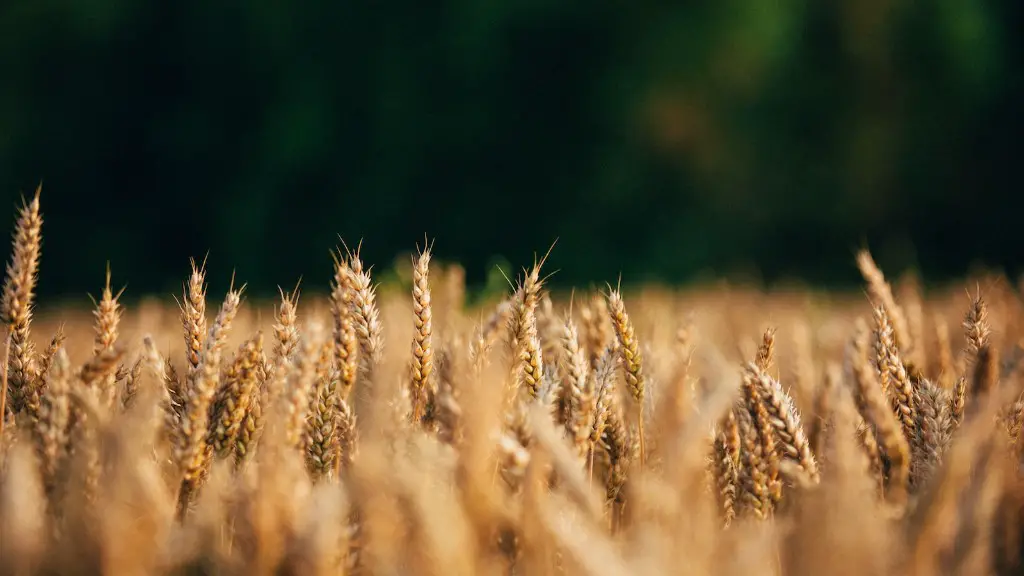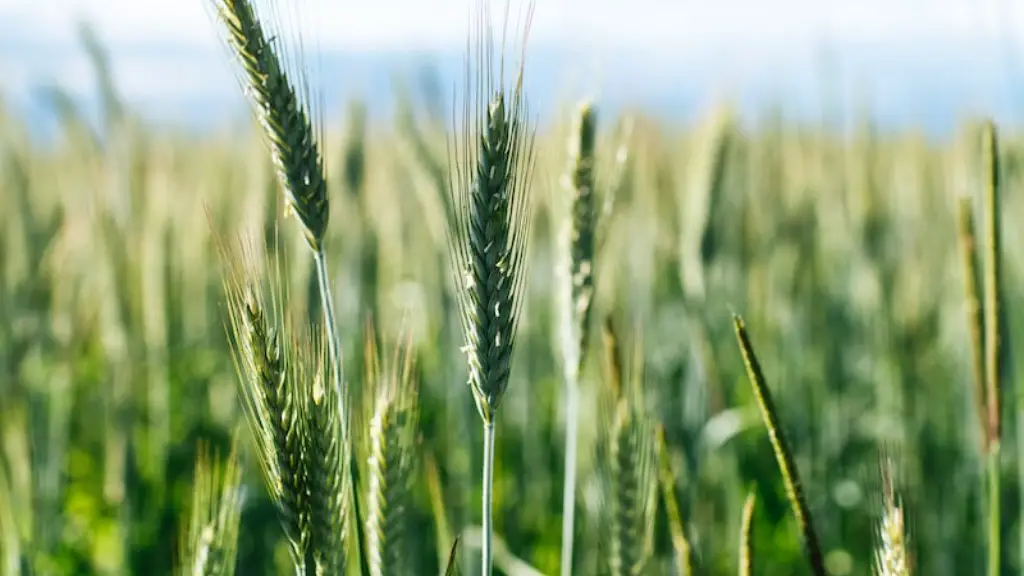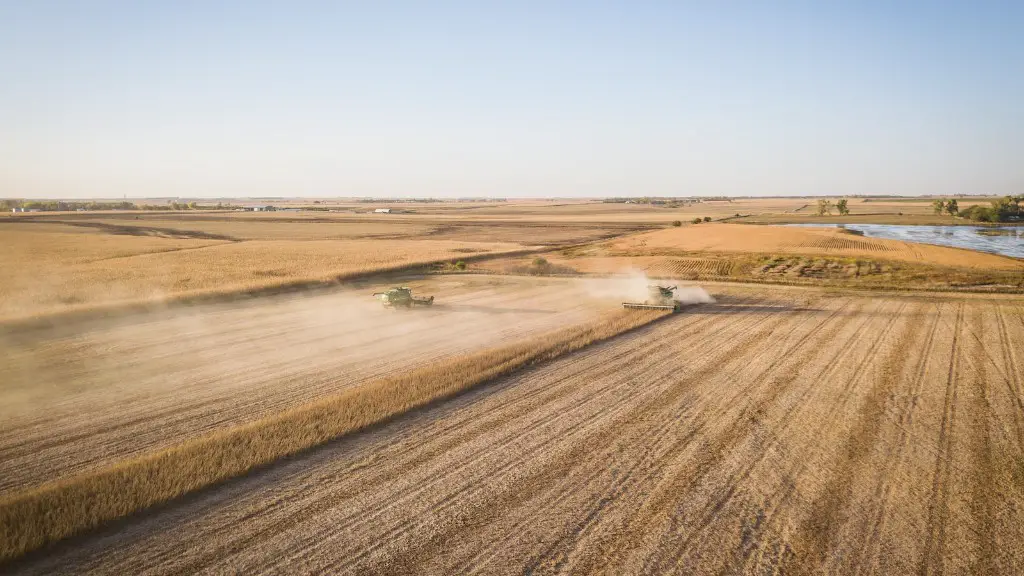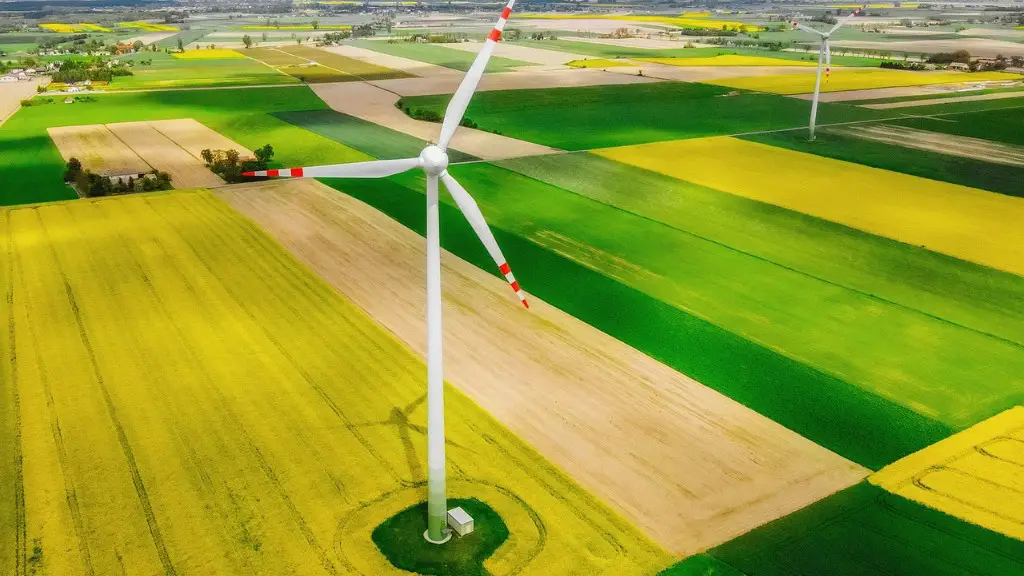Agroecology is a branch of agriculture that deals with the application of ecological principles to the management of agroecosystems. It is also known as sustainable agriculture or ecological agriculture. The main goal of agroecology is to create a sustainable and resilient agricultural system that can provide food and other necessities for the present generation without compromising the ability of future generations to do the same.
Agroecology is a branch of ecology that deals with the relationship between plants and animals in agricultural systems. Sustainable agriculture is an approach to agriculture that seeks to improve the long-term health of ecosystems and the people who depend on them.
What are the 5 principles of agroecology?
Agroecosystems are systems that are managed for the production of food, fibre, and other ecosystem services. They include the following: (i) recycling of biomass; (ii) enhancement of functional biodiversity; (iii) provision of favourable soil conditions for plant growth; (iv) minimisation of losses; (v) diversification of species and genetic resources in the agroecosystem; and (vi) enhancement of beneficial biological interactions.
An agroecological approach to agriculture is based on the principles of ecology, and includes a number of methods that aim to mimic or work with natural ecosystems. These methods can help to diversify crops, improve soil health, and reduce the need for synthetic inputs such as pesticides and fertilisers.
What agroecology means
Agroecology is a sustainable farming system that works with nature. It is based on the principles of ecology, and applies these concepts to the management of agricultural systems. Agroecology is a holistic approach to farming that takes into account the entire ecosystem, and strives to create a balance between the different elements. This type of farming is beneficial for the environment, and can help to improve the quality of life for both farmers and their communities.
Agroecology is a branch of agriculture that focuses on creating sustainable ecosystems that are beneficial for both crops and the environment. One of the main ways it does this is by preventing surface water and groundwater pollution and contamination.
Agroecology promotes practices that are efficient in water use, enhances soil water retention, and values locally adapted crops that require less (or no) irrigation. This allows for safer and more sustainable aquifer storage, recovery, and recharge. In addition, agroecology can help to mitigate the effects of climate change by reducing greenhouse gas emissions and increasing carbon sequestration in soils.
What are the 3 main components of sustainable agriculture?
The basic goals of sustainable agriculture are environmental health, economic profitability, and social and economic equity. This means that sustainable agriculture must take into account the need to protect the environment, the need to make a profit, and the need to provide fair wages and working conditions for workers.
The TBL dimensions are commonly referred to as the three Ps: people, planet and profits. The three Ps represent different aspects of sustainability.
People refers to the social dimension of sustainability, which includes aspects such as human rights, social equity, and inclusion.
Planet refers to the environmental dimension of sustainability, which includes aspects such as climate change, biodiversity, and resource depletion.
Profits refers to the economic dimension of sustainability, which includes aspects such as economic growth, job creation, and poverty alleviation.
The three Ps are interdependent and need to be considered together in order to create a sustainable future.
What are agroecology methods?
These agroecological practices are all methods of creating a more sustainable and environmentally friendly agricultural system. Crop choice and splitting fertilisation are both methods of diversifying crops and creating a more efficient use of fertility resources, while biofertilisers and organic fertilisation help to improve soil health. Drip irrigation is a more efficient way of watering crops, and biological pest control and natural pesticides are both methods of reducing the use of harmful chemicals.
Agroecology is a holistic approach to farming that takes into account the social, economic and environmental benefits of agriculture. This type of farming not only produces food, but also creates jobs, improves economic well-being and protects the environment. Agroecology also provides ecosystem services like pollination, natural pest control, nutrient and water cycling and erosion control.
Why is agroecology important
Agroecology is about more than just agricultural practices – it encompasses changing social relations, empowering farmers, adding value locally, and privileging short value chains. This approach allows farmers to adapt to climate change, sustainably use and conserve natural resources, and maintain biodiversity.
Agroecological systems are characterized by a number of attributes that contribute to their sustainability and productivity. These attributes include:
1. Productivity: Agroecological systems are often more productive than conventional systems, due to their use of ecological processes to enhance productivity.
2. Resilience: Agroecological systems are often more resilient to environmental stresses and shocks, such as drought, due to their use of sustainable management practices.
3. Economic viability: Agroecological systems are often more economically viable than conventional systems, due to their lower inputs costs and higher output values.
4. Social equity: Agroecological systems often promote social equity by providing equitable access to land, water, and other resources.
5. Cultural diversity: Agroecological systems often support more cultural diversity than conventional systems, due to their use of traditional knowledge and diverse cropping patterns.
6. Conservation of natural resources: Agroecological systems often promote the conservation of natural resources, due to their use of sustainable management practices.
How can agroecology help us grow food more sustainably?
Agroecology is a branch of agriculture that applies ecological principles to the management of agricultural ecosystems. Agroecologists work to develop ecologically sustainable and resilient agricultural systems that are able to meet the needs of both farmers and society. This can be done through the application of ecological principles to the design and management of agricultural landscapes, the development of environmentally sensitive production practices, and the promotion of agroecological knowledge and practices among farmers and other stakeholders.
Sustainable agriculture has a number of pros that make it a desirable option for farmers and consumers alike. Perhaps most importantly, sustainable agriculture reduces costs by preventing pollution, saving energy, and preventing soil erosion. Additionally, sustainable agriculture is animal-friendly and promotes biodiversity, which can lead to improved food production with less waste and better public health.
What are the four ideas of sustainable agriculture
Sustainable agriculture is a type of agriculture that focuses on producing food in a way that is environmentally friendly and does not damage the land or degrade the quality of the food produced. It involves preventing adverse effects to soil, water, biodiversity, surrounding or downstream resources—as well as to those working or living on the farm or in neighboring areas. Elements of sustainable agriculture can include permaculture, agroforestry, mixed farming, multiple cropping, and crop rotation.
The key to a sustainable agriculture approach is to utilize natural resources in such a way that they can regenerate their productive capacity, while also minimizing harmful impacts on ecosystems beyond a field’s edge. This can be achieved through a variety of management practices, such as using cover crops, crop rotation, and integrated pest management. By using these and other sustainable practices, farmers can help to ensure that their operations are both environmentally responsible and economically viable.
What are 2 types of sustainable agriculture?
There are many different ways to farm sustainably, but some of the most common methods are permaculture, biodynamic farming, hydroponics and aquaponics, urban agriculture, and agroforestry. Each of these methods has its own benefits and drawbacks, so it’s important to choose the right one for your own farm.
Permaculture is a method of farming that focuses on creating a sustainable, self-sufficient ecosystem. Permaculture farms are often highly diversified, with a variety of crops and animals living in harmony. This diversification helps to reduce the reliance on any one crop or animal, making the farm more resilient to pests and diseases.
Biodynamic farming is a method of agriculture that follows the principles of organic farming, but also takes into account the influence of the moon and planets on crop growth. Biodynamic farmers often use medicinal and herbal preparations to improve the health of their soil and plants.
Hydroponics is a method of agriculture that uses a nutrient-rich water solution instead of soil to grow plants. This method can be used to grow plants in urban areas where space is limited, and it can also help to reduce the need for pesticide and herbicide use.
Aquaponics is a
Agricultural technology, or Agtech, is the application of technology to agriculture. It includes the use of information technology, precision agriculture, biotechnology and other technological advances.
Agtech has the potential to help reduce the use of chemical fertilizers and pesticides, which can damage soil and water sources. The use of Agtech can help farmers increase yields in a less damaging way, by using precision agriculture and local knowledge.
What are the 3 E’s of sustainability
While many community dynamics are at work, three are particularly important to building healthy and prosperous communities over the long term: economy, ecology, and equity—the three E’s. A community that neglects any one of the three E’s is likely to run into problems down the road.
A healthy economy is critical to a community’s long-term prosperity. A community that can’t attract and retain businesses and workers will eventually decline. A community that doesn’t invest in its infrastructure and allowing businesses to flourish will also struggle.
A healthy ecology is important for both quality of life and economic prosperity. A community that doesn’t take care of its natural resources will eventually see its quality of life decline as air and water quality suffer. A community that doesn’t protect its green spaces will also miss out on the economic benefits that come from tourism and recreation.
Finally, equity is important for both social cohesion and economic prosperity. A community that doesn’t invest in its people will eventually see its talent and productivity decline. A community that doesn’t provide opportunities for all will also miss out on the economic benefits that come from a diverse and inclusive workforce.
There are a number of practices that can be implemented in order to make agriculture more sustainable. Some of the most promising practices include organic farming, agroforestry, natural farming, the system of rice intensification, precision farming, conservation agriculture, and crop rotation and intercropping.
Organic farming is a type of agriculture that relies on natural processes, rather than the use of synthetic inputs. This type of farming can help to reduce the reliance on chemical fertilizers and pesticides, and can also help to improve soil health.
Agroforestry is a type of agriculture that involves the integration of trees and other plants into traditional farming landscapes. This type of system can provide a number of benefits, including improved soil health, increased water and nutrient retention, and increased carbon sequestration.
Natural farming is an approach to agriculture that relies on working with, rather than against, natural processes. This type of farming can help to reduce inputs, minimize soil disturbance, and improve overall ecological health.
The system of rice intensification is a set of management practices that aim to improve the productivity of rice crops. These practices can help to improve water use efficiency, reduce the need for chemical inputs, and improve soil health.
Precision farming
Conclusion
Agroecology is a scientific field that considers ecosystems services provided by agriculture and how these can be enhanced. It also examines how different management practices can increase or decrease those services. In recent years, agroecology has been increasingly recognized as a promising approach to sustainable agriculture.
Sustainable agriculture is an approach to food production that is environmentally sound, socially just, and economically viable. It encompasses a wide range of approaches, from traditional techniques to cutting-edge technology.
Sustainable agriculture is often contrasted with industrial agriculture, which is characterized by monoculture, high inputs of pesticides and synthetic fertilizers, and heavy reliance on machinery. In contrast, sustainable agriculture relies on a more diversified approach, with an emphasis on ecological processes and biological diversity.
Agroecology and sustainable agriculture are two important concepts that should be understood in order to create a more sustainable future for our planet. Agroecology is the study of how ecological processes can be used to enhance the productivity of agricultural systems. Sustainable agriculture is an approach to food production that is intended to create a sustainable system that does not negatively impact the environment or deplete resources. Both of these concepts are important to consider when creating policies or practices related to food production and consumption.
